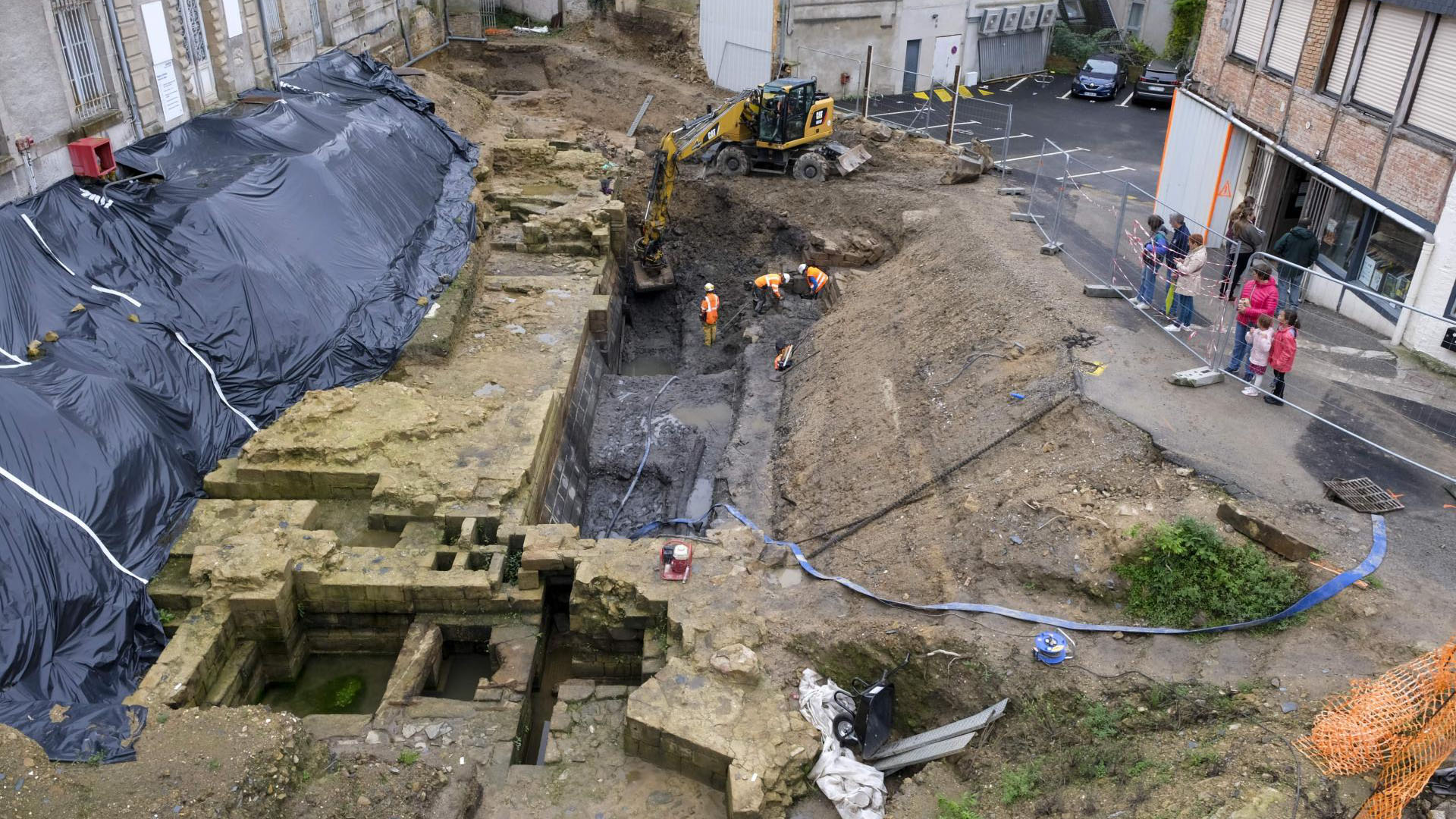
Archaeologists have discovered the remains of a 14th-century medieval castle, including a moat, hidden beneath the courtyard of a historic hotel in France. Jewelry, pots, pans and padlocks were among the artifacts recovered, offering clues about the nobility who used the castle for nearly a century.
In spring 2023, archaeologists at the French National Institute of Preventive Archaeological Research (INRAP) excavated the courtyard and cellars of the Lagorce Hotel, which was built in the 18th century atop the ruins of a medieval castle known as the Château de l'Hermine. The castle, located in Vannes, a village on the west coast of the Brittany region, was built as a fortress and residence for John IV, Duke of Brittany, in 1381.
From the 10th to 16th centuries, Brittany was a medieval feudal state, established after the Vikings were expelled from the region. Essentially a tiny country, the Duchy of Brittany was ruled by a line of hereditary dukes. When John IV came to power in 1365, he began to build numerous house-fortresses throughout Brittany, with Château de l'Hermine becoming the seat of the Duchy.
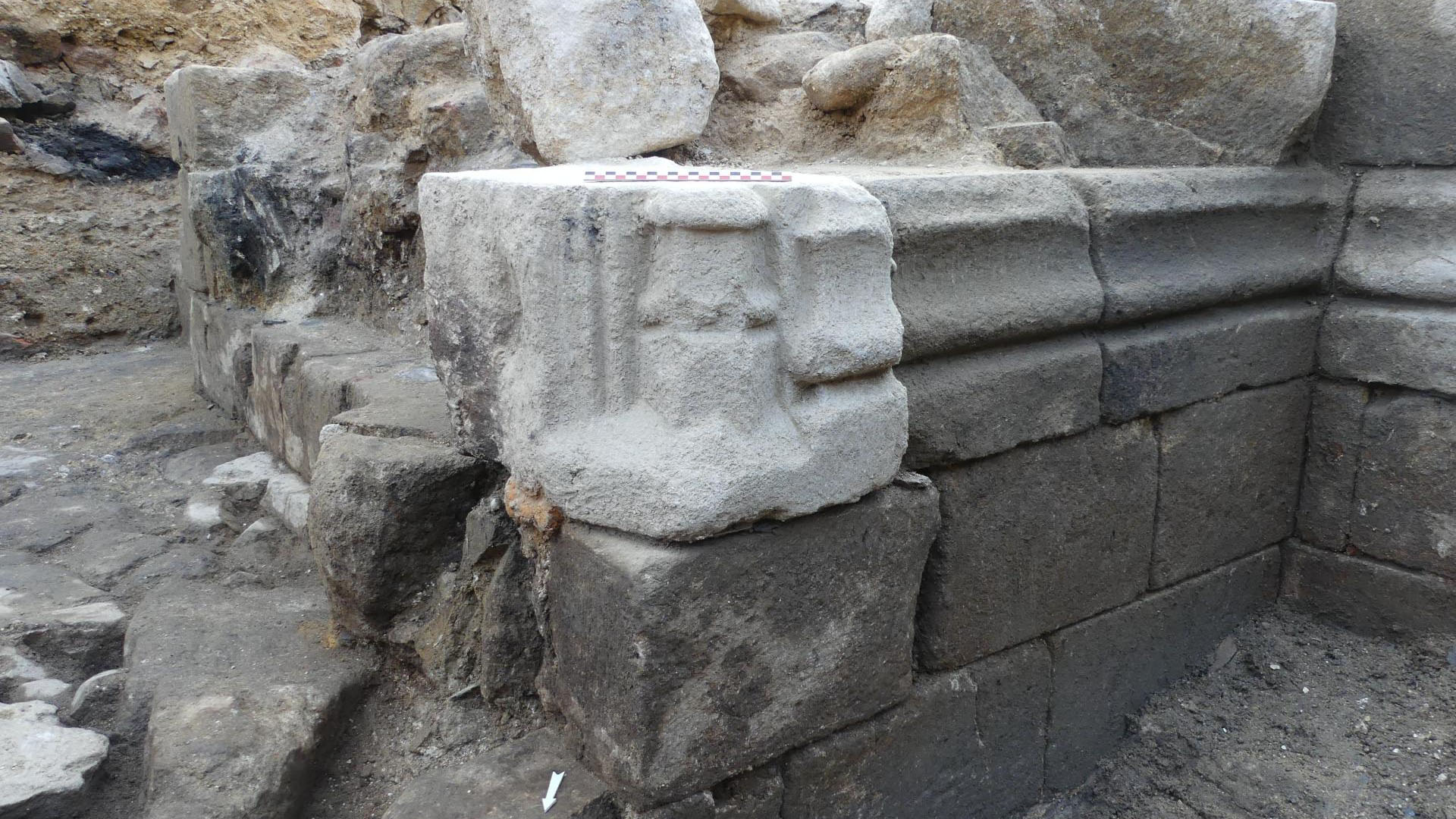
But the castle was used for only a century before it fell into disrepair when John IV's grandson, Francis II, moved the capital of the duchy out of Vannes. Renovations in the 18th to 20th centuries turned the building at different times into a hotel, then a law school and finally government offices built on top of the original 14th century castle.
The exact plan of John IV's castle was unknown until archaeologists began uncovering its foundations in 2021, in anticipation of turning the historic building into the new location of the Museum of Fine Arts.
Related: Europe's oldest map, a stone slab, unearthed in France
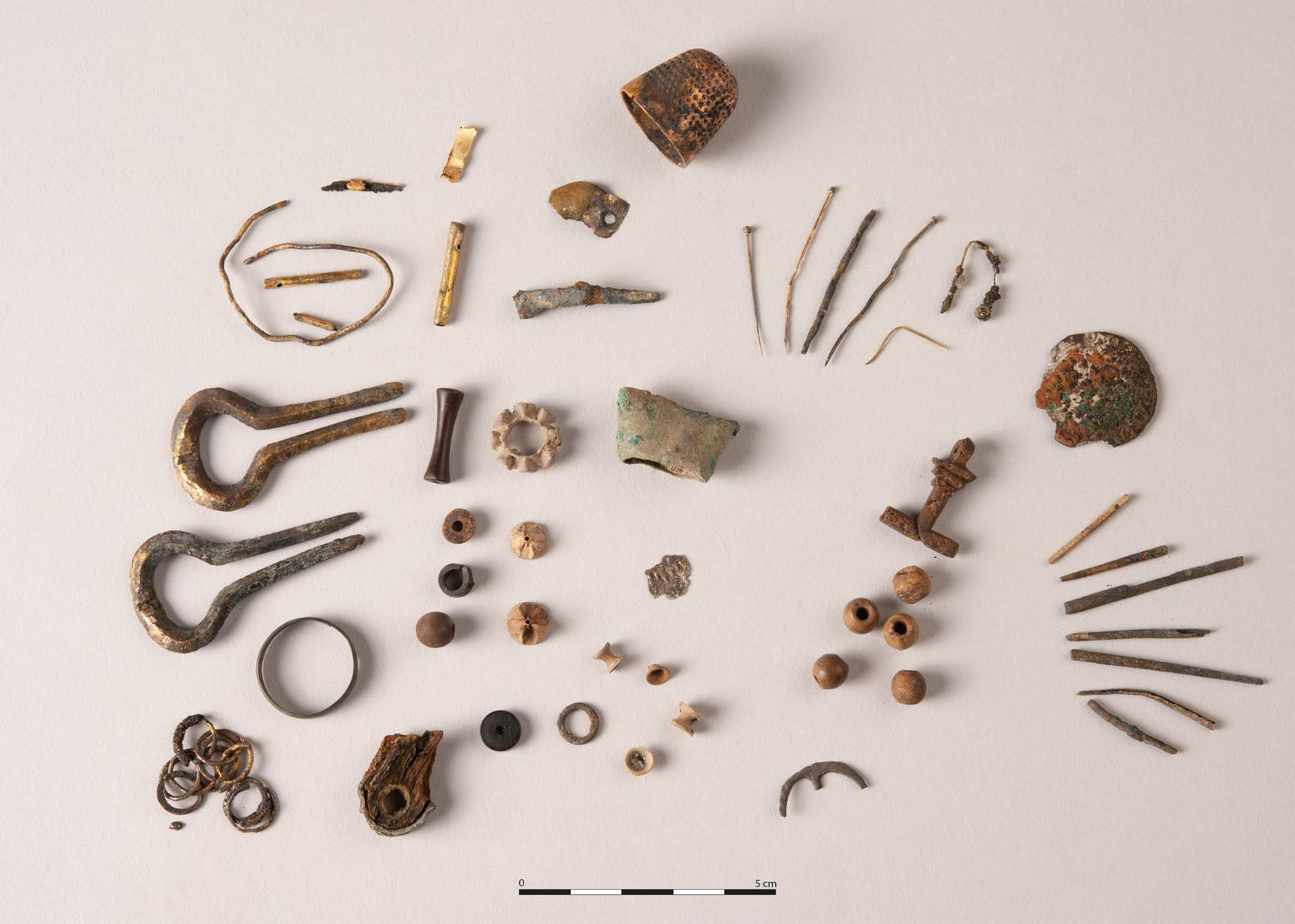
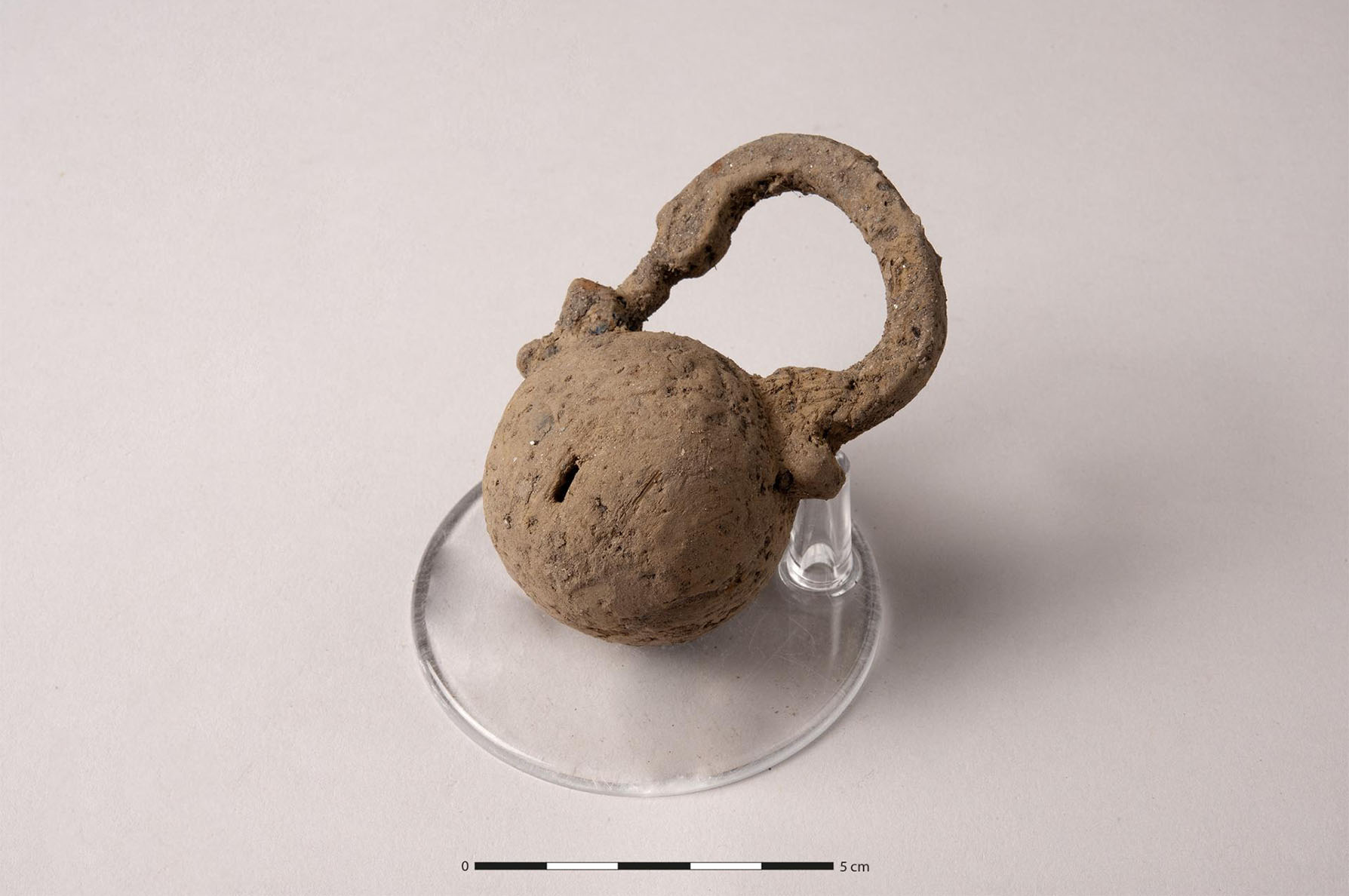
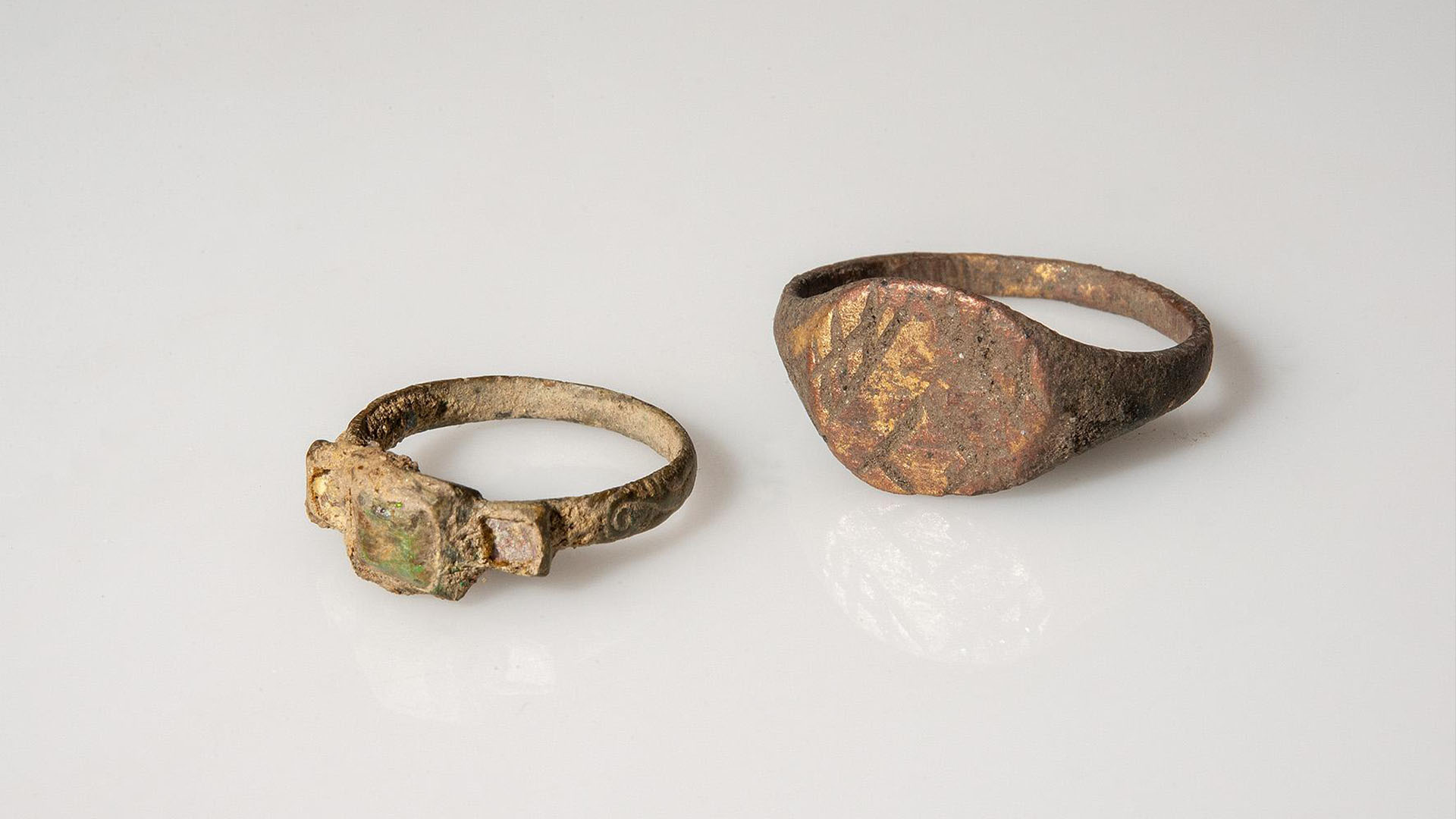
During excavations in the old hotel's courtyard, archaeologists found the ground floor of the duke's residence, along with the remains of a tower overlooking an exterior moat. The castle was about 138 feet (42 meters) long and 56 feet (17 m) wide, with walls up to 18 feet (5.5 m) thick. Inside, there were several staircases, including a ceremonial one, along with carved molding and decorated door jambs. This architectural plan cleverly combined defensive functions with residential ones, according to the translated INRAP statement.
At the ends of the castle, archaeologists found latrines and drainage pipes that likely reached three or four floors high. Searching the latrines manually, they discovered small objects like coins as well as discarded cooking utensils dating to the 15th and 16th centuries. Wooden bowls and parts of barrels were also preserved in the humid environment of the old latrines.
Archaeologists also searched the moat and found jewelry, pins, buckles and metal dishes, along with keys and padlocks. The fortified castle would have been accessed by a wooden bridge across the moat. The bridge no longer remains, but its support piers were uncovered during excavation.
The new archaeological discoveries add up to show how powerful and wealthy Duke John IV was. "The construction of the building took place in a single phase, which demonstrates the importance of the financial and human resources used," INRAP said in a translated statement. "The remains indicate that John IV knew how to surround himself with the best engineers and craftsmen of the time."







